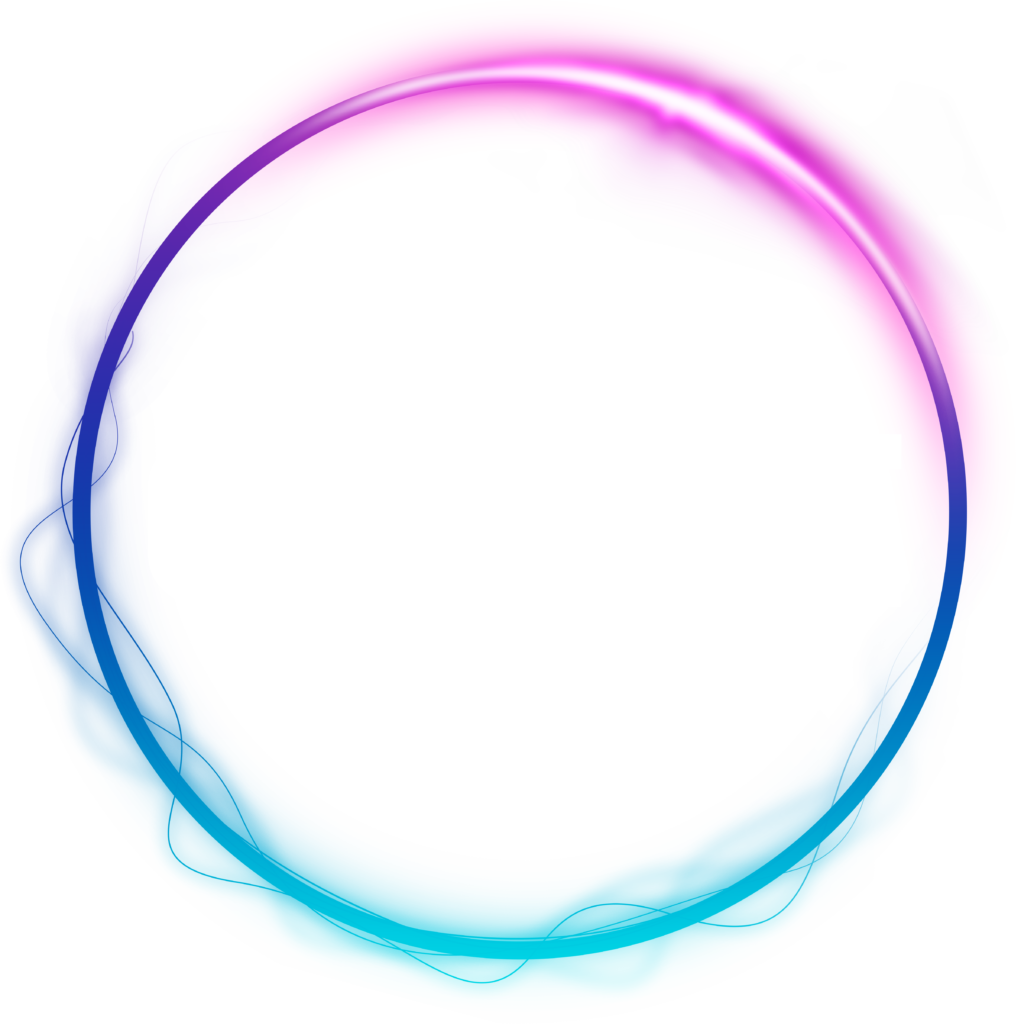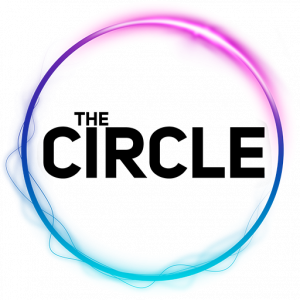Making any type of decision in today’s everchanging finance world could be an absolute challenge especially considering customer expectations, increasing competition for funding and strict regulation. Asset owners are being more and more attracted to the digital world so as to meet these new challenges and support more informed decision-making.
The tokenization or digitization of physical and financial assets is certainly a good representation of today’s digital world and proof that there is a certain urgency for change in the capital markets industry. As traders demand easier trading and expect faster access to capital market instruments, it is clear that digitization of physical financial assets is inevitable.
It is important to help others understand the “now” and be ready for the future. In an everchanging and more often than not complex digital environment, many asset managers struggle to take advantage of new digital technologies, remaining loyal to the “traditional ways”.
Recently, specialists have shown that some companies have not yet started their digital journey, while others have taken the step but lost ground by investing time and resources without tangible results. However, some have successfully embraced digital technology, showing that the opportunity is certainly there.
Getting the most out of your digital journey requires a larger, better-thought and more integrated approach. Thinking broadly about the sources of value can reduce the risk of failure through agile and repeated testing of the value hypothesis rather than using a sloppy approach.
What is asset digitization?
Asset digitization refers to the process of creating a digital equivalent or copy of an asset, whether physical or financial. These digital copies have the properties of the “original”resources. Digitization of assets occurs when the transfer and exchange of ownership rights changes from physical assets to a digital platform. These funds are represented by digital tokens that can be transferred between individuals.
For example, consider a home that is available on the market. An asset digitization platform allows you to divide a resource into smaller units of value called tokens, which are essentially digitized fractional ownership shares. Once digital hubs are converted to blockchain with or without permission, they can open up new markets internationally. Shares are available in a huge untapped market, and more and more consumers can buy tokens and manage investments online.
Blockchain is necessary to facilitate the digitization of physical assets. By turning these assets into tradable digital assets, you can tap into the full potential of real-world assets by enabling real-time trading.
Digital property means any digital material that has the right to use it. In essence, this can be considered as the digitized ownership of assets. Active analysis generally falls into the following categories:
- Limited digital currency management: e.g. central bank digital currency, PayPal digital USD, etc.
- Digital IDs: They are more transparent and provide verifiability, allowing consumers to track immutable transactions when needed.
How would it impact the future?
Bringing physical or illiquid assets into today’s financial system is costly and inefficient. Manual tasks, paperwork, and multiple intermediaries make the process tedious and error-prone.
Here are some benefits of asset digitization.
- Unlimited potential: real-world assets are about 1000 times larger than the cryptocurrency market. Most of these funds are still illiquid and management costs are high. Digitization of assets has improved the existing transaction process and significantly increased asset liquidity, improving overall financial efficiency.
- Improves cross-border trade: Blockchain is a borderless and decentralized ledger. Without intermediaries, trust is ensured by crypto protocols. Blockchain is also a P2P network and transactions are done directly between parties, transacting in seconds and with minimal costs.
- Fractional ownership: The digitization of assets is becoming a new business model with a new form of ownership: fractional ownership. Someone can own a percentage of the property, meaning they can buy parts of the property rather than the expensive whole. (e.g. real estate) Since less money can be invested in each property, co-ownership can spread the risk better and people with lower incomes can make smaller investments.
- Improves security: Digitizing assets can reduce human factors and eliminate middlemen; this greatly reduces possible errors or manipulations. All transaction records are protected by the blockchain with transparency and disclosure (if applicable). And all binding constraints can be programmed into smart contract logic.
- Reduces costs: Initially, a lot has to be spent on inspection, monitoring and process control. By digitizing assets, we can remove the due diligence process at all transaction levels and reduce costs.
- Improves the efficiency of existing processes: Transforming a physical asset into a digital one can be drastically sped up as digital assets have the ability to better coordinate with each other. With automated protocols and real-time investigation of incidents, a more transparent process can be achieved, which greatly improves efficiency.
Digitizing assets using blockchain is a booming industry. It is also an inevitable trend that is likely to completely disrupt the traditional financial model, knowing that blockchain technology can replace expensive and inefficient intermediaries.


